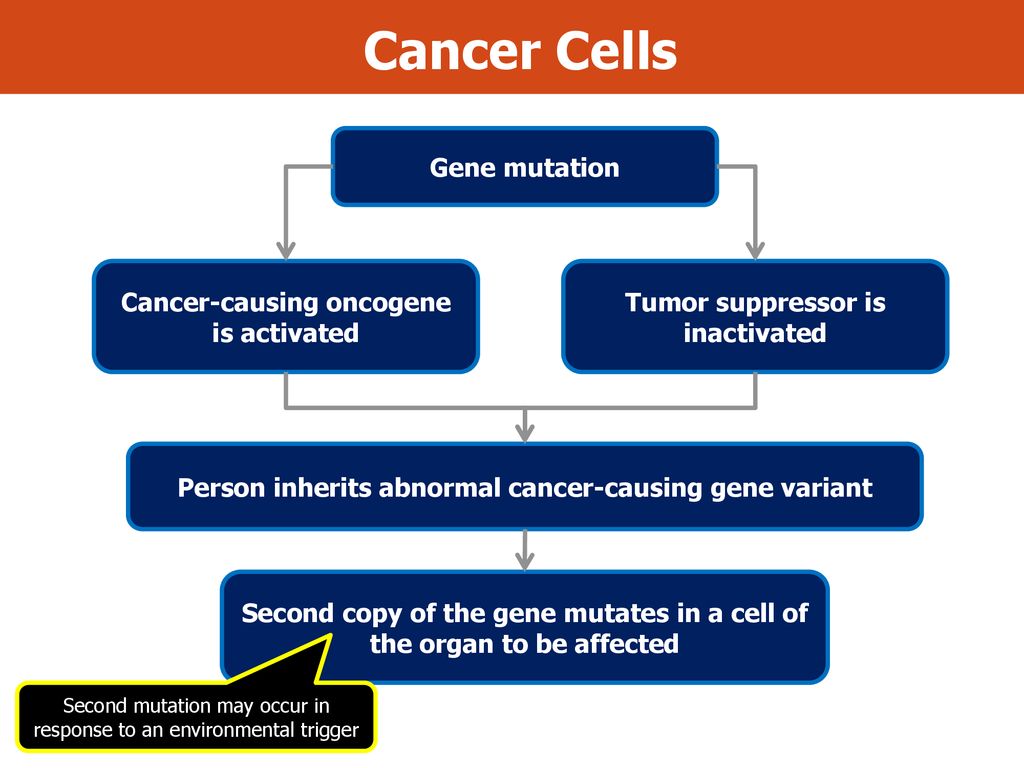Mechanism of evasion of tumor suppressor pathways and their targeting Biology Diagrams
Mechanism of evasion of tumor suppressor pathways and their targeting Biology Diagrams Mitosis is controlled by a network of kinases and phosphatases. We screened a library of small interfering RNAs against a genome-wide set of phosphatases to comprehensively evaluate the role of human phosphatases in mitosis. We found four candidate spindle checkpoint phosphatases, including the tumor suppressor CDKN3.

The PLK1-Mps1 pathway plays an important role in mitotic checkpoint complex (MCC) assembly. It is likely that DAB2IP acts as a scaffold to aid PLK1-Mps1 in targeting Cdc20. Depletion or loss of the Cdks-mediated phosphorylation of DAB2IP destabilizes the MCC, impairs the SAC, and increases chromosome missegregation and subsequent CIN, thus

Tumor Suppressor p53: Biology, Signaling Pathways, and Therapeutic ... Biology Diagrams
Following mitosis, RB1 is partly dephosphorylated and the hypophosphorylated state is restored. In this fashion, RB1 switches between hypophosphorylated and hyperphosphorylated states during the cell cycle. For instance, PTEN is a negative regulator of the PI3K pathway and a classical tumor suppressor, Abstract. TP53 is the most commonly mutated gene in human cancer with over 100,000 literature citations in PubMed. This is a heavily studied pathway in cancer biology and oncology with a history that dates back to 1979 when p53 was discovered. The p53 pathway is a complex cellular stress response network with multiple diverse inputs and downstream outputs relevant to its role as a tumor

Molecular genetic studies of familial cancer syndromes identified and defined the recessive nature of tumor suppressor genes and resolved the paradox of why tumors arising in such families exhibited an autosomally dominant pattern of inheritance. Subsequent characterization of tumor suppressor proteins revealed their widespread involvement in sporadic cancers and pinpointed key mechanisms that Mastl acts as a regulator of mitotic progression by promoting the inactivation of the tumor suppressor protein phosphatase 2A (PP2A) associated with the B55δ regulatory subunit (Castilho et al., 2009; Vigneron et al., 2009; Burgess et al., 2010). Inactivation of PP2A/B55δ during mitosis is required to keep cyclin B1/Cdk1 activity high.

How Is Mitosis Related To Cancer? Biology Diagrams
The p53 pathway is a complex cellular stress response network with multiple diverse inputs and downstream outputs relevant to its role as a tumor suppressor pathway. While inroads have been made in understanding the biology and signaling in the p53 pathway, the p53 family, transcriptional readouts, and effects of an array of mutants, the A tumor suppressor may possess multiple mechanisms to suppress cancer cell growth 3. For example, the most important tumor suppressor p53, which is associated with about 50% of human cancer cases 7, can trigger DNA repair processes, induce the transcription of other tumor suppressors, such as p21 and p16, and initiate cell apoptosis 3, 8, 9.
